March Passing of the Pioneers once again gathers together a diverse group of Western District pioneers. They include a winemaker and a lighthouse keeper. There are links to some well-known Western District properties and families, and a Portland resident that grew up with an English author.
Eliza Mary KEARTON: Died March 1891 at Creswick. Eliza Kearton was a long-time resident of Portland. She had gone to Creswick for an operation but died of complications. She was born in London in 1820 and married William Tulloh in 1844 in Tasmania. William’s obituary appeared in Passing of the Pioneers in July 2011 and includes a lot of detail about their lives in Portland.
James ROBERTSON: Died March 1892 at Portland. James Robertson was born in Alvie, Scotland. Once in Portland, he set up the Iron Store business with his older brothers John and William Robertson.
Anne WILCOX: Died 12 March 1894 at Portland. Anne and her husband Thomas Must were well-known residents of Portland. Anne was from Sydney and married Thomas a Sydney merchant in 1842 before they travelled to Portland to set up a branch of Thomas’ business, Must and Flower. A few years after his arrival in Portland, he had an architect design a home resulting in Prospect, built in 1855. The couple lived there for the rest of their lives. In 1908 at St Stephens Church, unveiled a stained glass window in memory of Mr. and Mrs. Must.
Ann PAXFORD: Died March 1900 at Portland. Ann Paxford was the daughter of Jonathan Paxford and Ann Bray and was born around 1818. She married Edward Francis Hughes and they arrived in Victoria in 1853 and Portland in 1854.
Ann had an interesting life while a child in England. She spent time with a young Marion Evans better known as George Elliott, writer. Looking further into the story, which appears correct, proved intriguing. Ann, through her mother, Ann Bray was related to Charles Bray a ribbon manufacturer and a leader of the “intellectual elite”.(Oxford Dictionary of National Biography) He described his house, Rosehill, as “a mecca for radicals and intellectuals” (The Continuum Encyclopedia of British Philosophy in Oxford Reference). Marion Evans lived at Rosehill and that is where Ann would have come to know her.
Janet McCRACKEN: Died March 1911 at Stawell. Born in Scotland around 1840, Janet McCracken arrived in Melbourne with her parents in the early 1850s. After a few years, they moved to Stawell and Janet married James Mathers. The couple lived in Stawell for the rest of their lives and had four sons and three daughters.
Daniel TYERS: Died 15 March 1915 at Byaduk. After arriving in Victoria around 1856, Daniel Tyers lived at Port Fairy. He later moved to Byaduk where he remained until his death at the age of ninety-five. He was buried at the Byaduk Cemetery along with his brother Samuel and sister Jane.

John MOONEY: Died 29 March 1915 at Mooney’s Gap. In 1854, John Mooney from Ireland travelled to Australia aboard the Great Britain. His brother Lawrence had arrived the year before, so John joined him on the Ararat diggings. In 1858, the brothers planted grapevines at Mooney’s Gap near Ararat and started the Emerald Vineyard. In the same year, just down the road, Jean-Pierre Trouette, his wife Ann-Marie, and brother-in-law Emile Blampied were the first to plant vines at Great Western. While Troutte’s winery St. Peters no longer exists, other wineries from the early days, Best’s and Seppelts are still in production there.

OBITUARY. (1915, March 30). The Ararat advertiser (Vic. : 1914 – 1918), p. 2 Edition: triweekly. Retrieved March 26, 2013, from http://nla.gov.au/nla.news-article74241893
In 1925, Lawrence Mooney uprooted the vines at Emerald Vineyard and used the land for other purposes.
Elizabeth Robertson MURDOCH: Died 7 March 1916 at Port Fairy. I did a little extra research at Ancestry.com.au on Mrs Whiting because I wanted to find her name, in preference to listing her as Mrs Albert Edwin Whiting. Elizabeth grew up around the Geelong area and married Albert Whiting in 1878. Albert was a son of Edwin Whiting and Hannah Manifold. Hannah’s brothers were Thomas, Peter and William Manifold, original owners of the Purrumbete run.
At the time of marriage, John was station manager for the Chirnside’s property Boortkoi. Their wedding was at Woolongoon, Mortlake then owned by Anthony McKenzie. Elizabeth and Albert moved to Port Fairy and lived at Boodcarra before moving to Loongana for several years before Elizabeth’s passing.

Family Notices. (1878, May 6). The Argus (Melbourne, Vic. : 1848 – 1956), p. 1. Retrieved March 28, 2013, from http://nla.gov.au/nla.news-article5931295
William HILL: Died 14 March 1916 at Warrnambool. Born in Ireland, William Hill spent the first twenty years of his time in Victoria working for Henry de Little, owner of Caramut station. He then began farming himself, first at Woodford and later at Framlingham where he had dairy cows for seventeen years. In the early 1860s, William married Mary Hassett of Caramut.
Mary FITZGERALD: Died 17 March 1916 at Tower Hill. Mary Fitzgerald lived in the Tower Hill district since she was ten-years-old, around 1849. She married John Fitzgibbon and she left two sons and eight daughters at the time of her death. Her funeral was attended by a large crowd of mourners.
John Joseph Thomas COOPER: Died March 1918 at Port Fairy. John Cooper was born in Somerset, England and arrived in Victoria with his parents as a baby. He became an assistant lifeboat pilot in 1883 and became the Superintendent of lifeboats at Queenscliff in 1892. Around 1905, he moved on to lighthouse keeping, working at Queenscliff, Port Fairy, Cape Nelson, and Warrnambool.
Marion Letitia HINDES: Died 13 March 1918 at Port Fairy. Marion Hindes, better known as Letitia, was born in London in 1848 and arrived in Port Fairy four years later. She lived with her aunt, Mrs Gillespie at the Union Inn at Port Fairy. Letitia married Richard Emery in 1889. Richard died eight years before her and she left no children. She had two cousins surviving and two nieces.
Margaret WHITE: Died 4 March 1925 at South Portland. Margaret White spent most of her life living in the Narrawong and Portland districts, an estimated eighty-two years. She married James Grant in 1870. She left two sons and three daughters. Margaret’s obituary mentions the hardships faced by the early settlers.

Old Resident Passes. (1925, March 5). Portland Guardian (Vic. : 1876 – 1953), p. 2 Edition: EVENING.. Retrieved March 26, 2013, from http://nla.gov.au/nla.news-article64106818
Florence EDSALL: Died 22 March 1944 at Geelong. Florence Edsall was born at Warrenheip near Ballarat around 1858. She married W.J. Silvester and they lived in Cobden during their working lives, before retiring to Geelong. Florence’s husband was a Councillor with the Heytesbury Shire and was the first child of European descent born at Cobden,




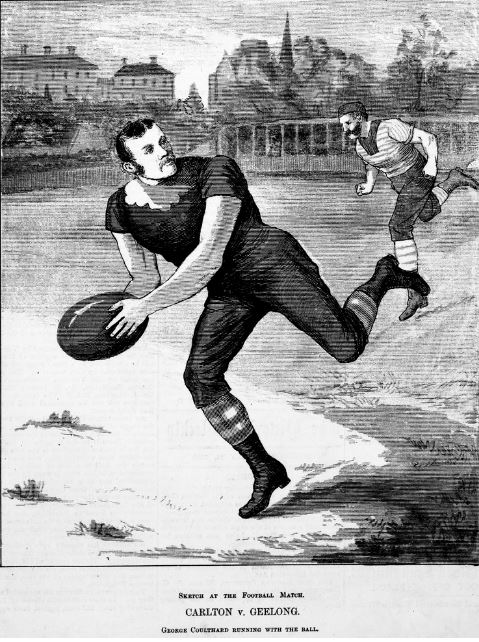







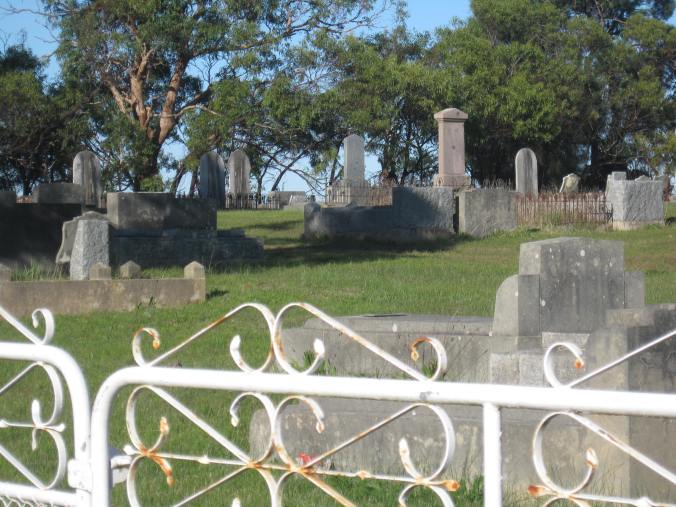
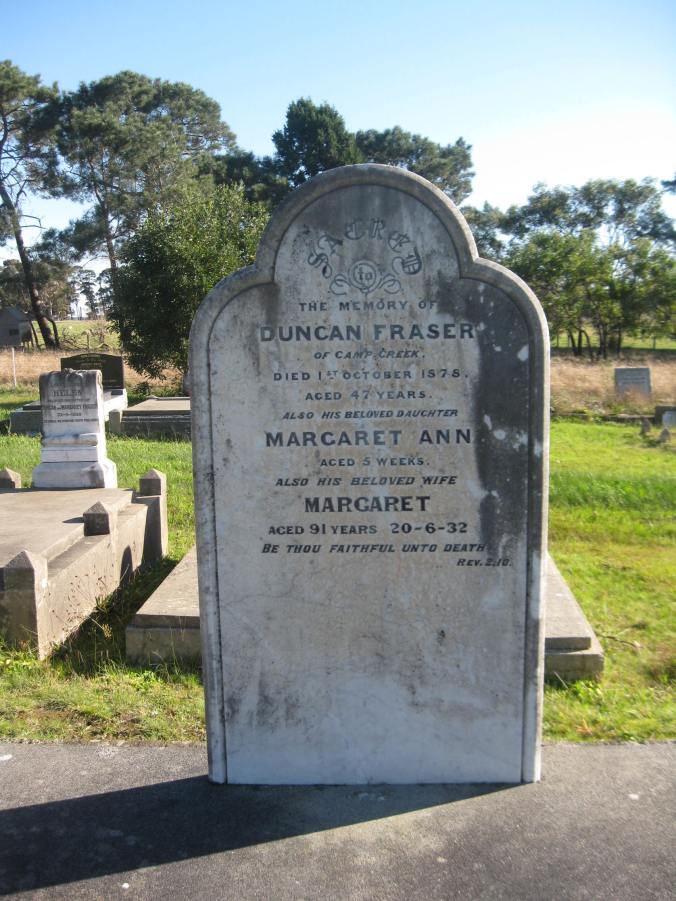
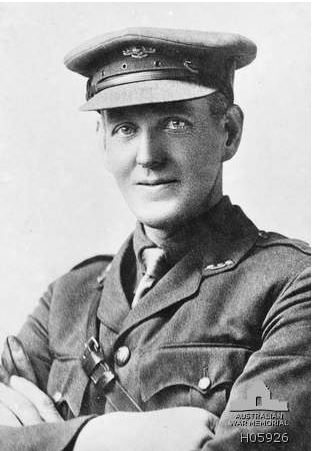
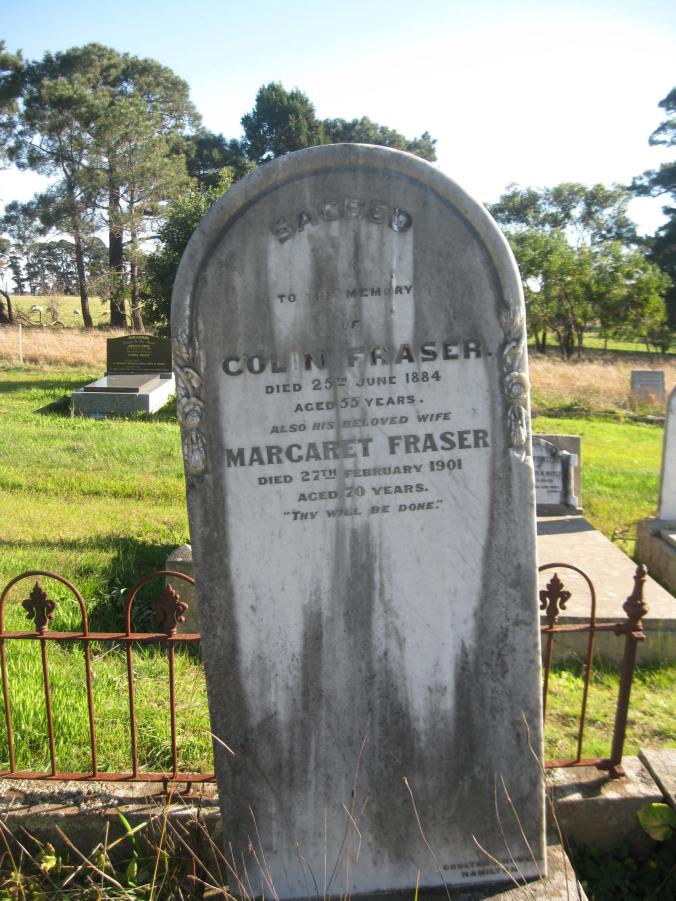

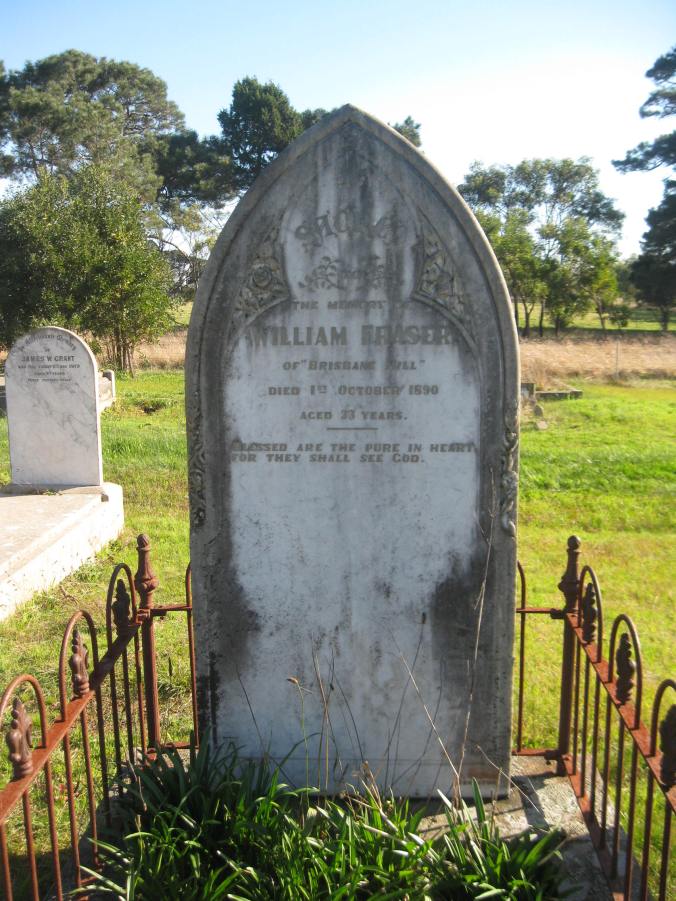
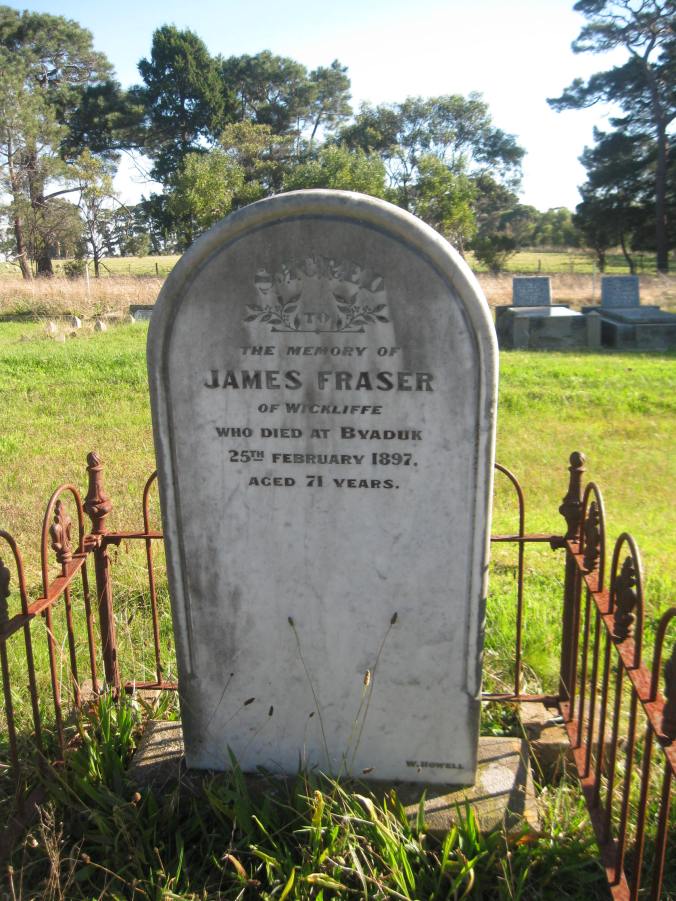
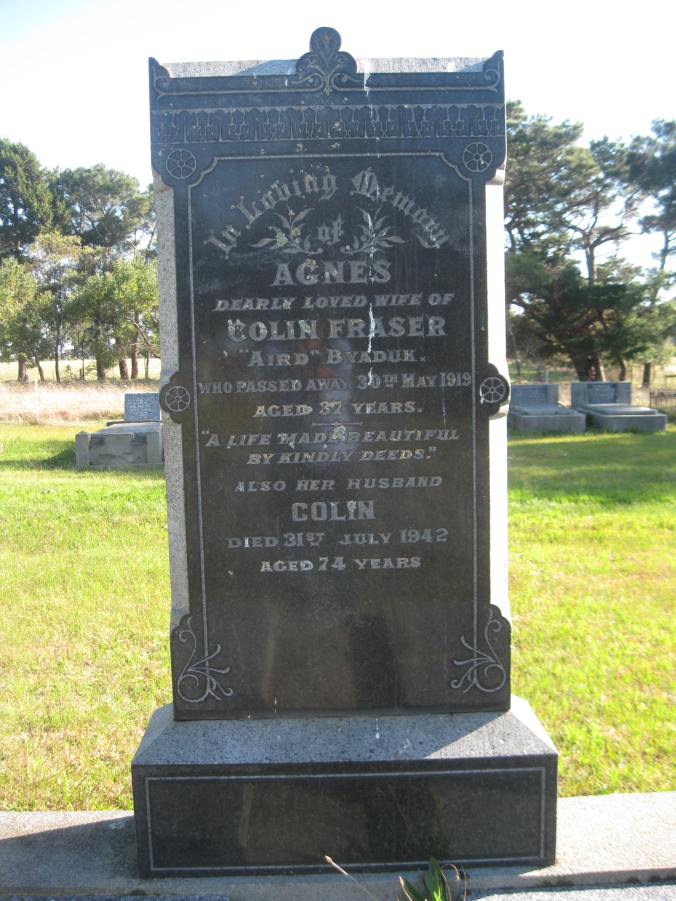
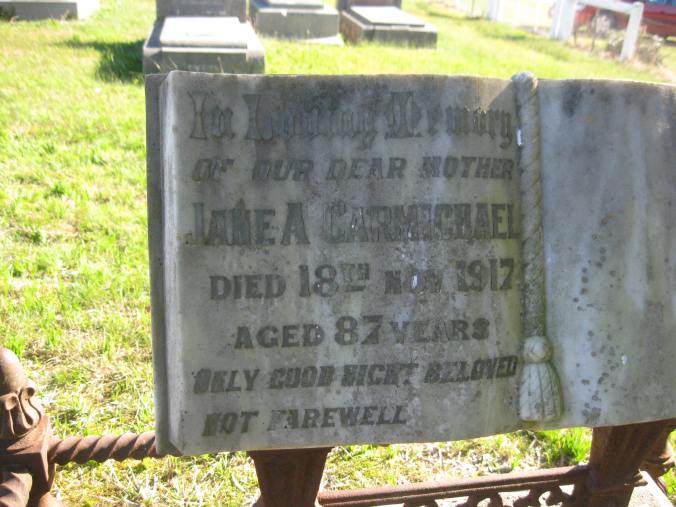

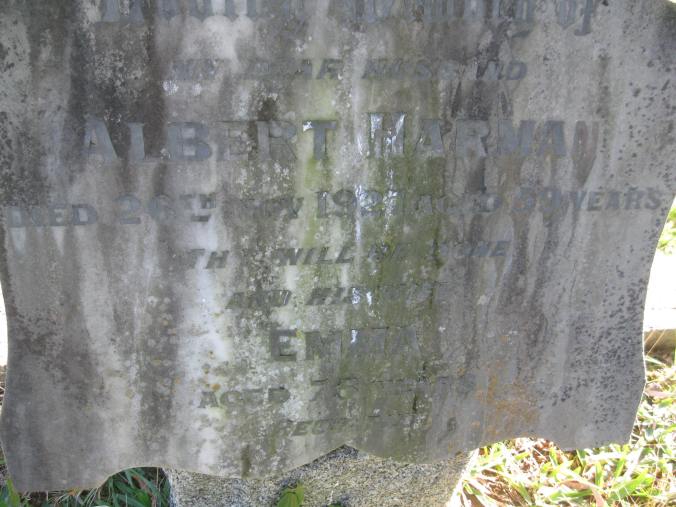

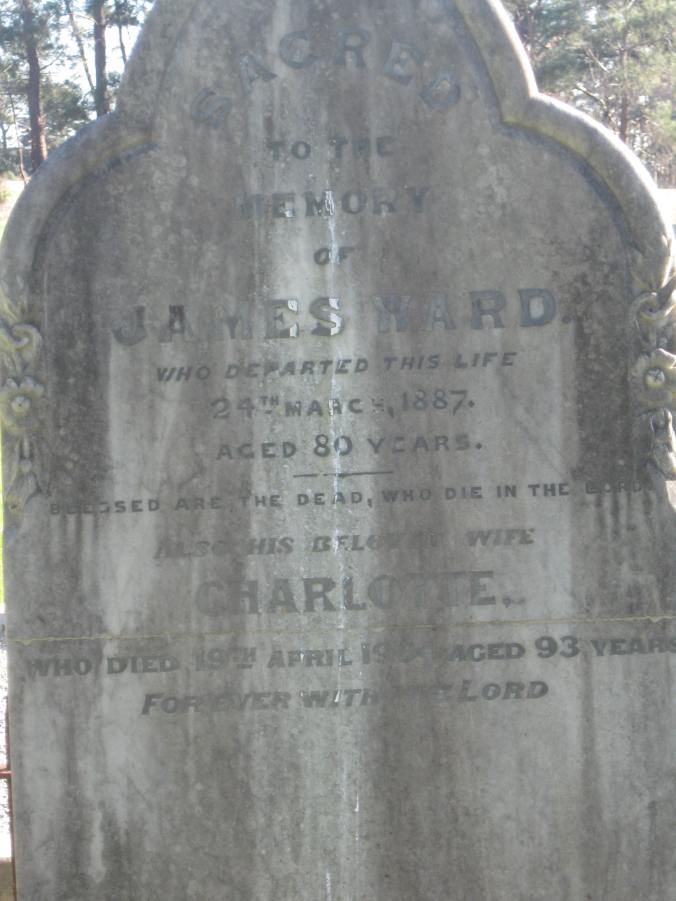
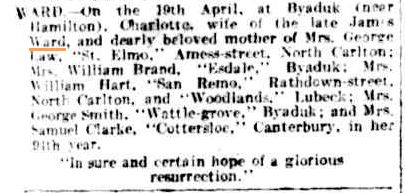

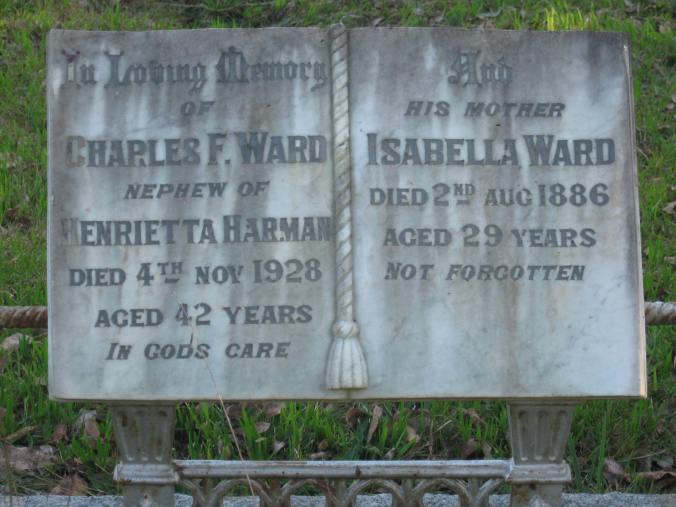
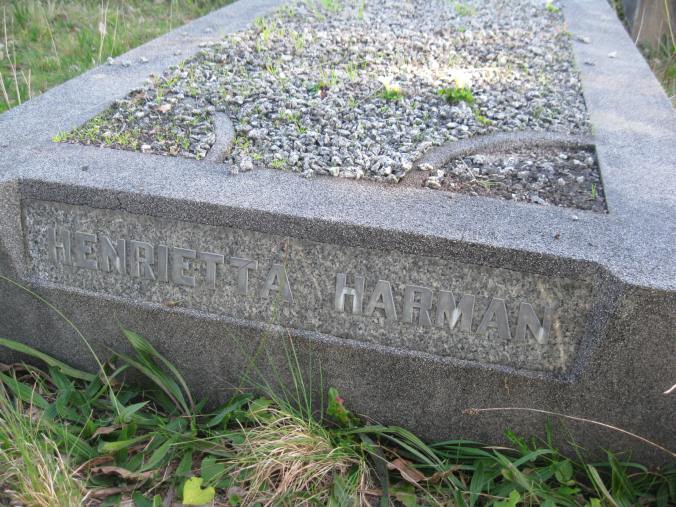

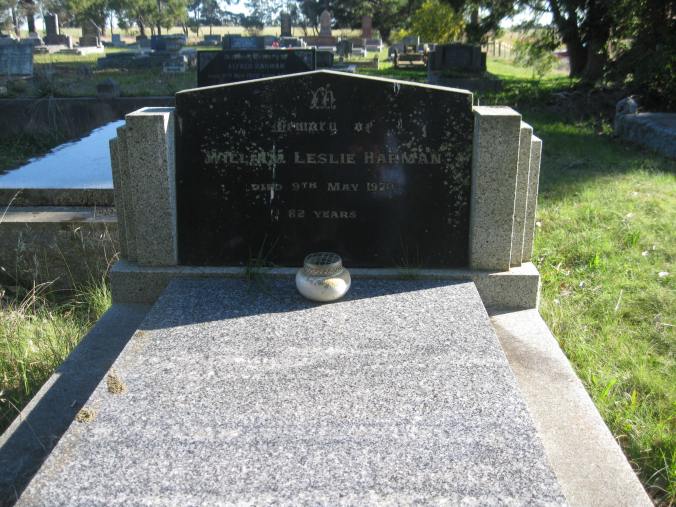

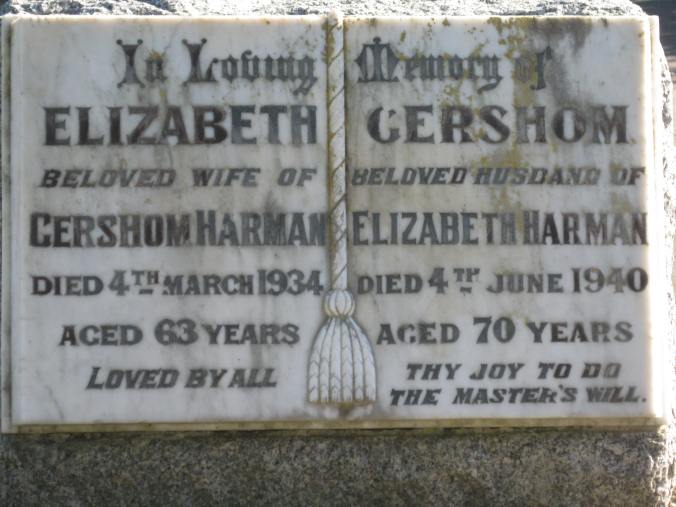

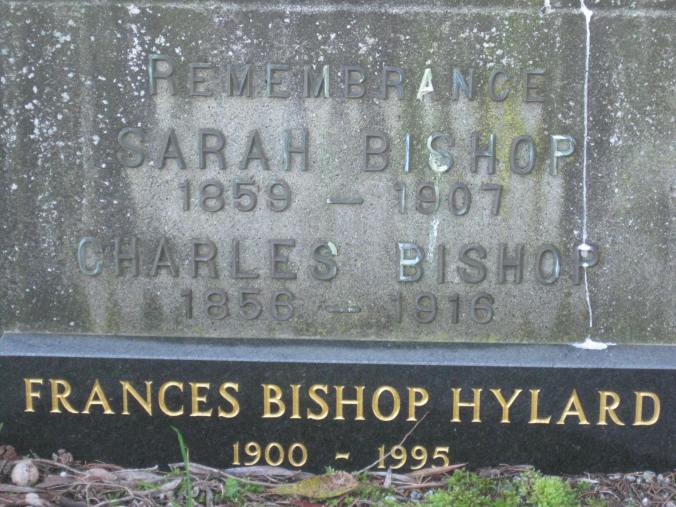




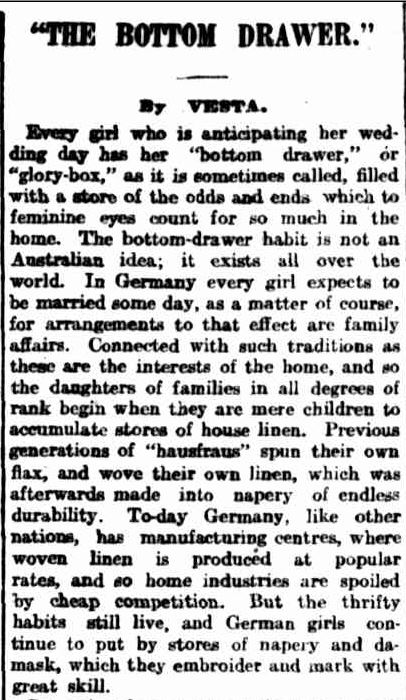

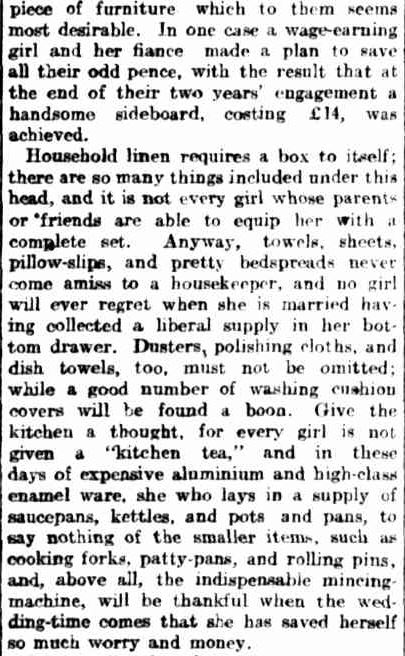
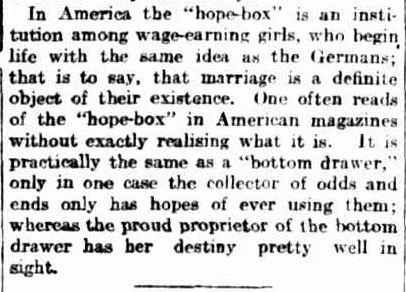
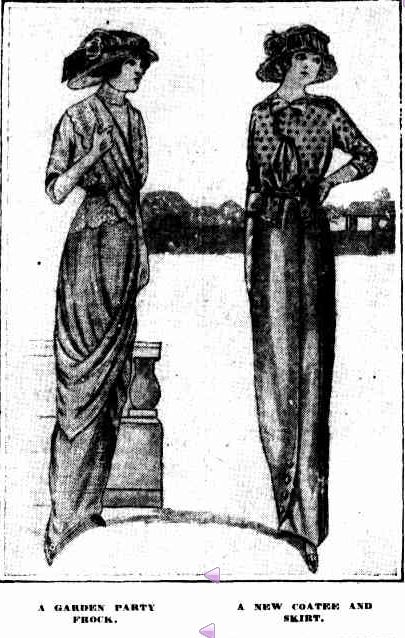









































 ,
, 










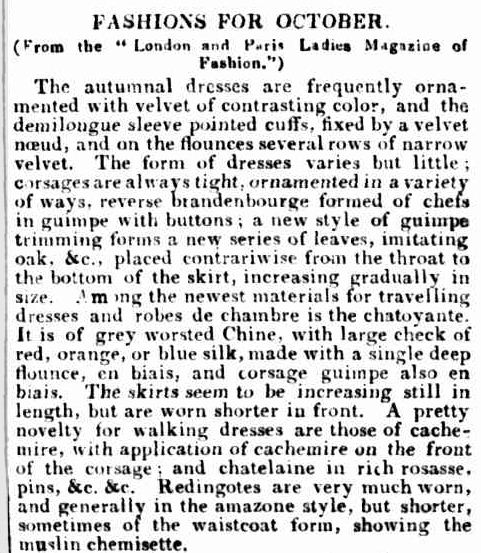


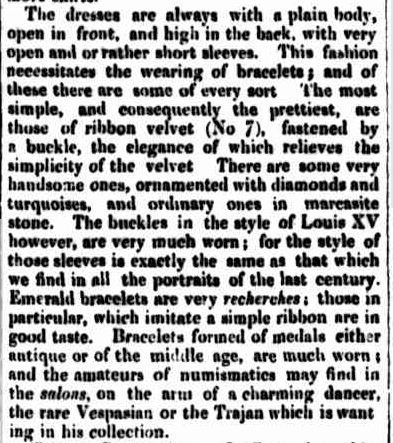

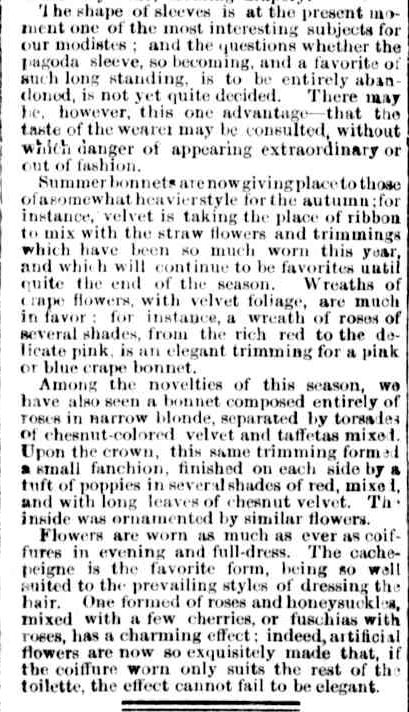


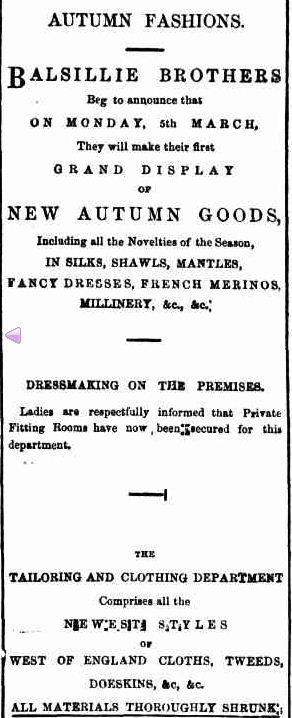
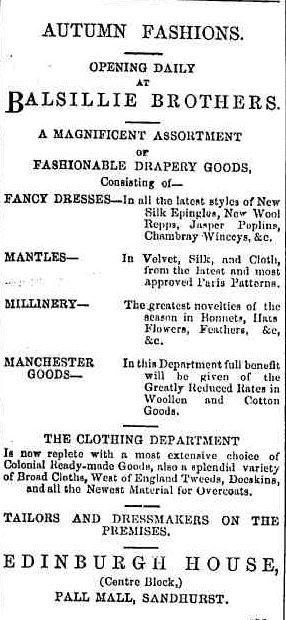
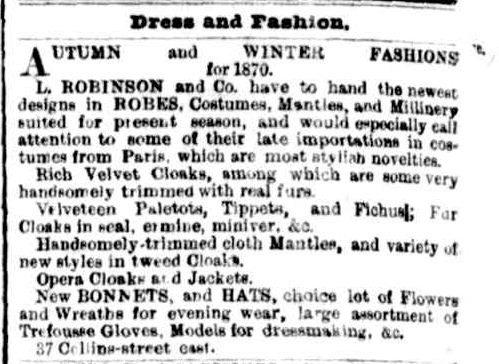
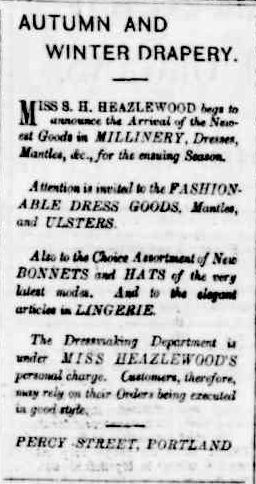
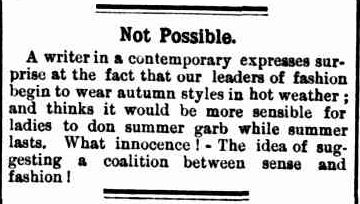
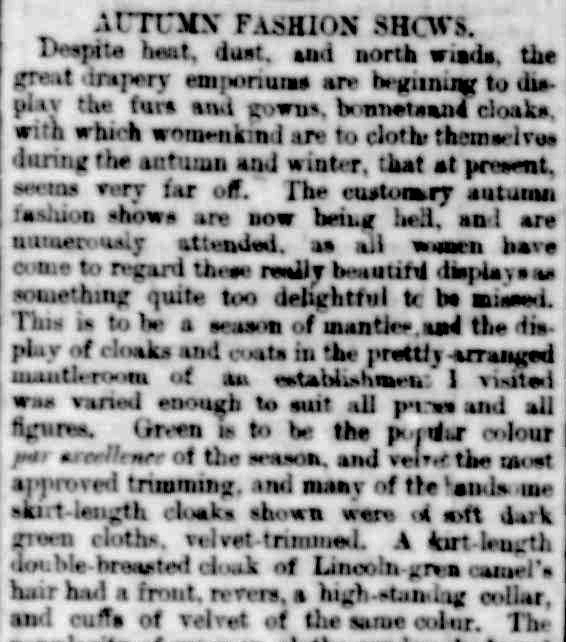

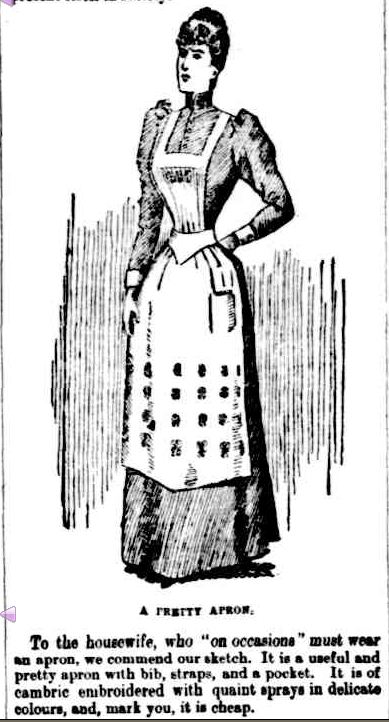
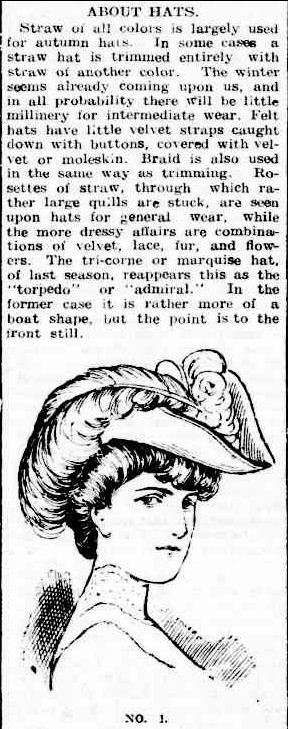


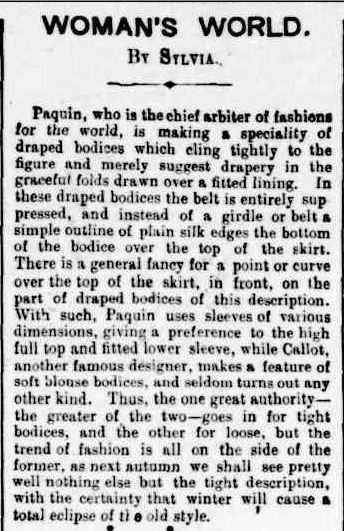
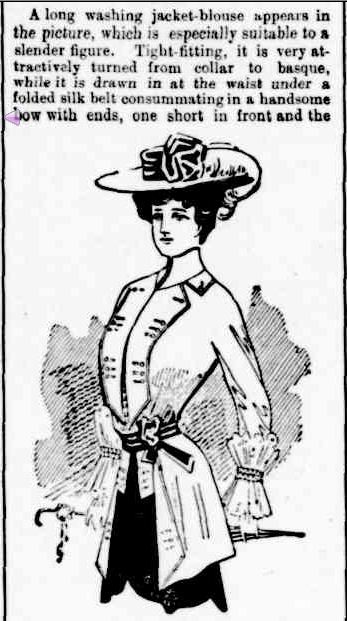

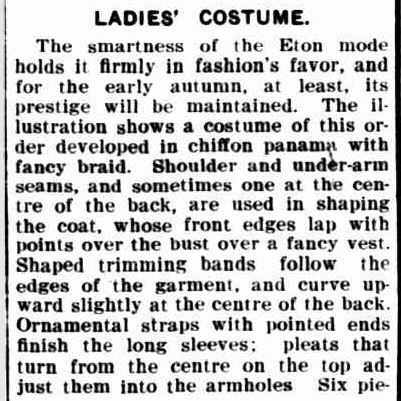

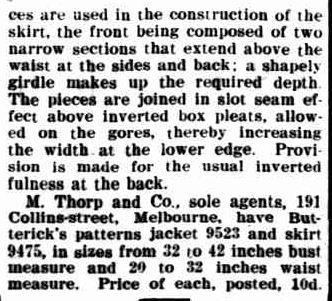

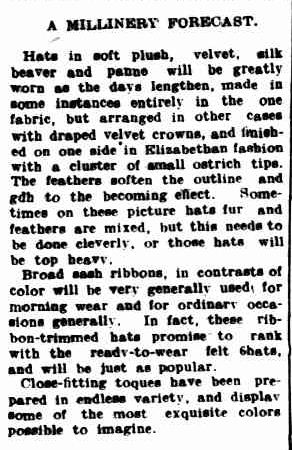
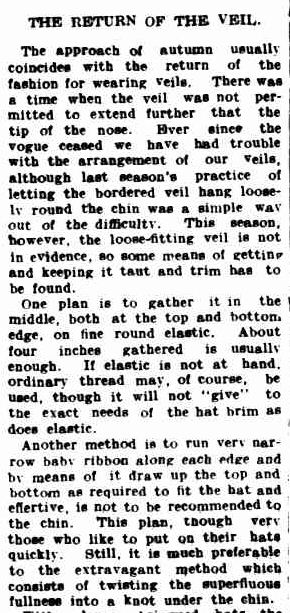

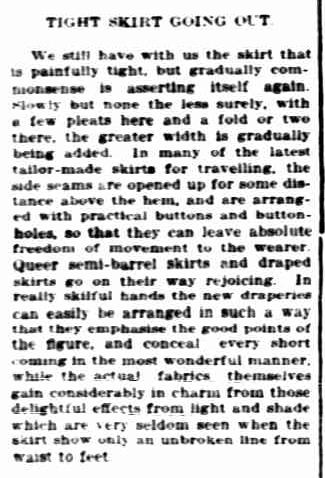
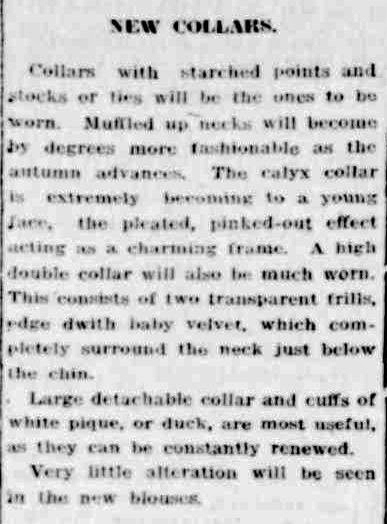


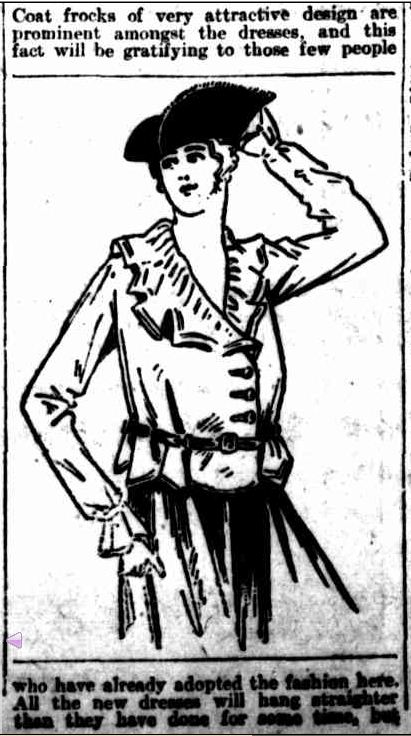
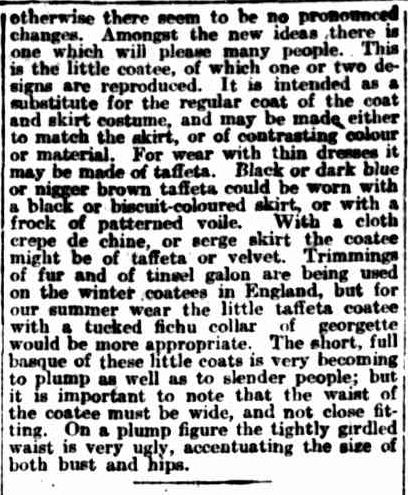
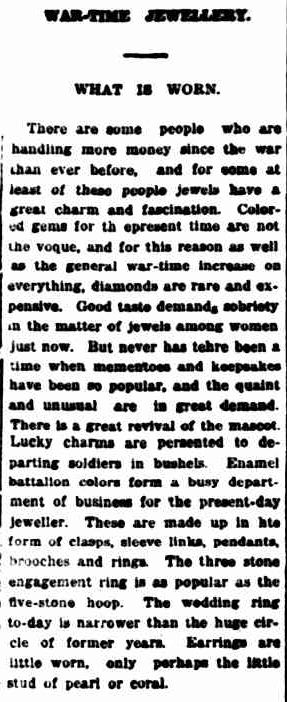
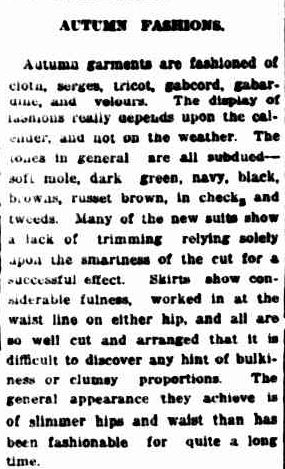
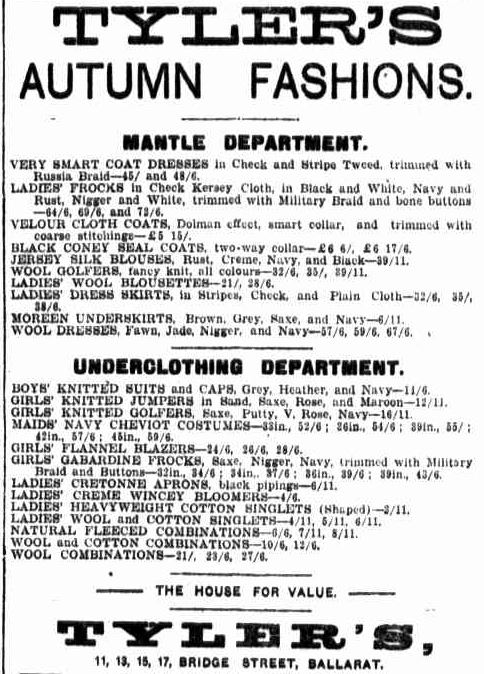

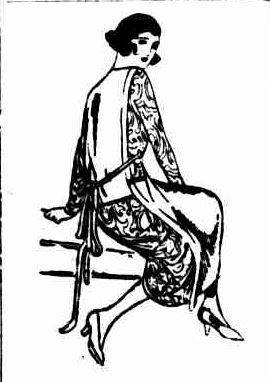
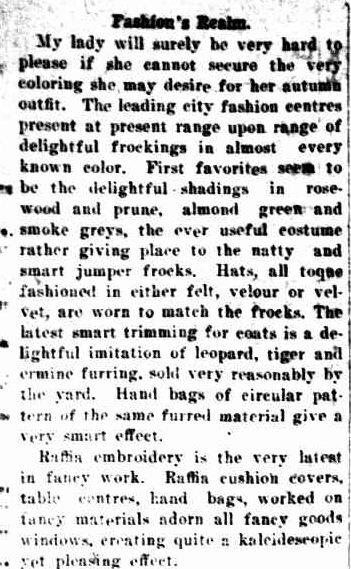

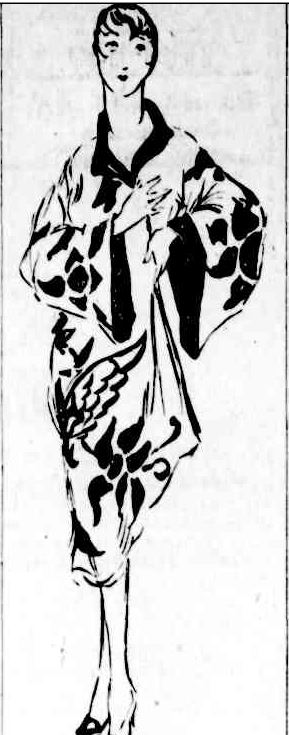

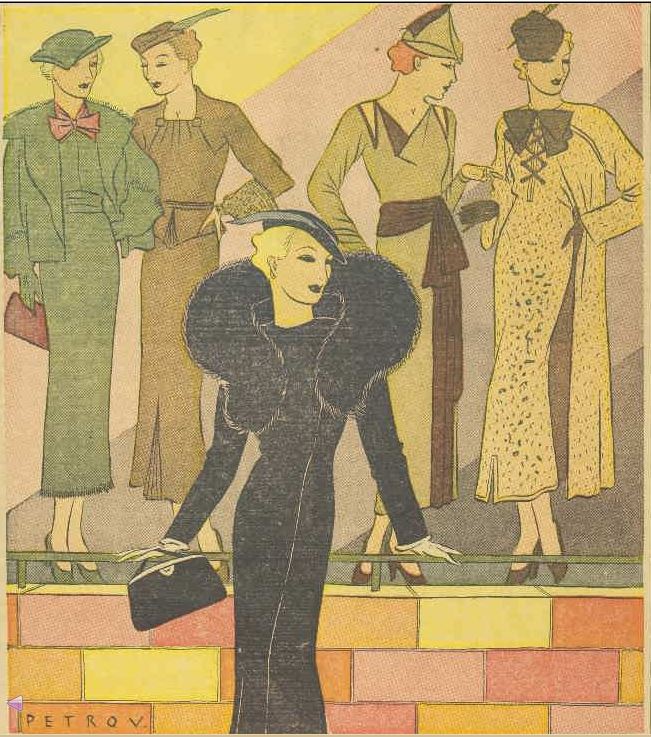
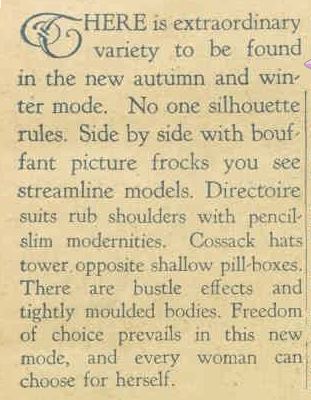
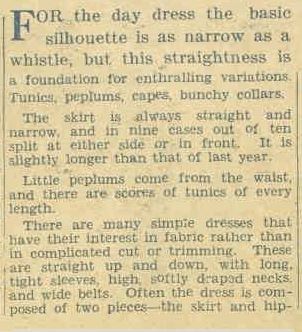

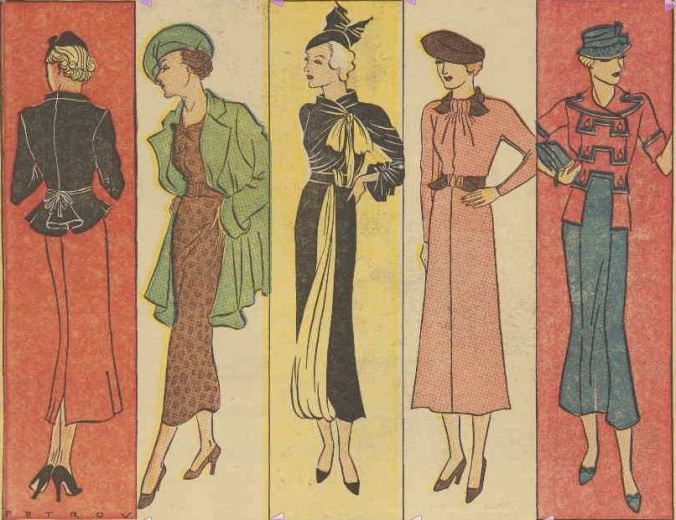
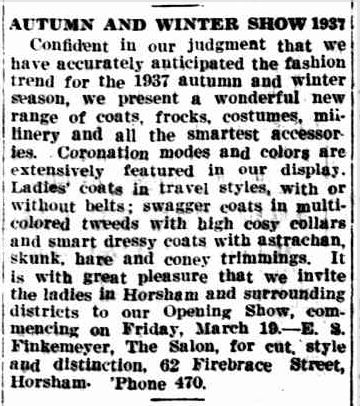
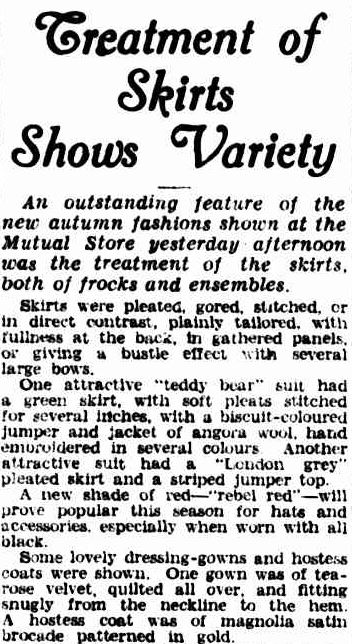
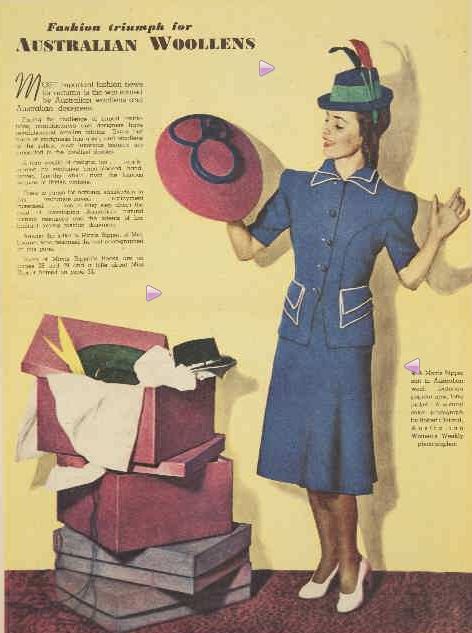
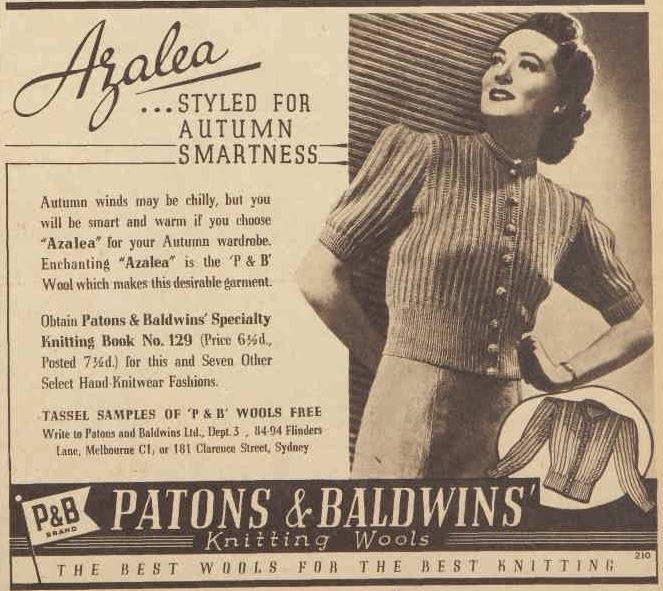

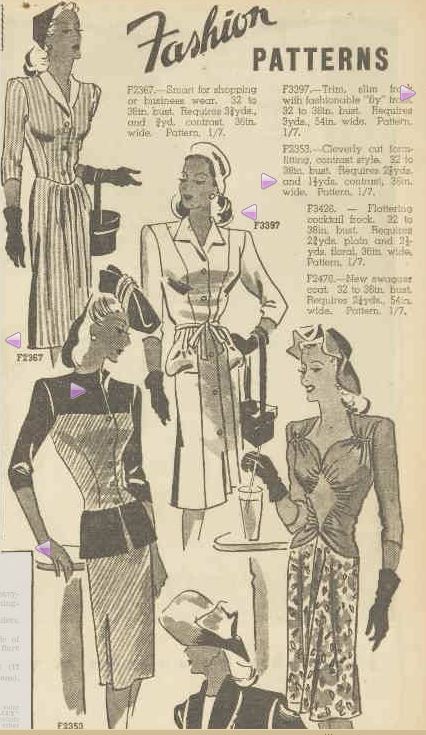
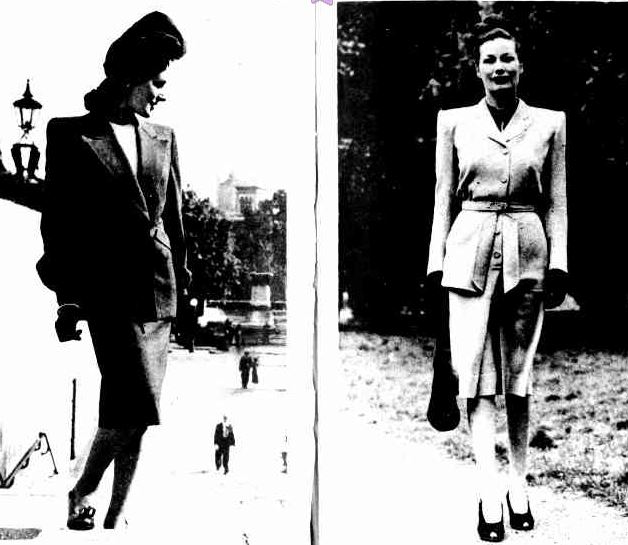



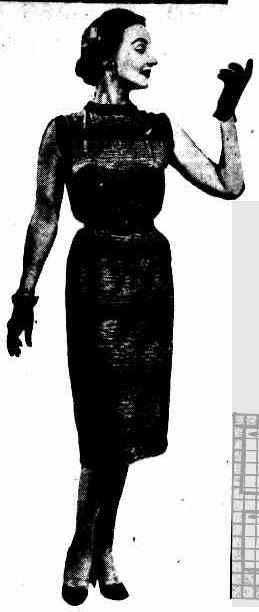
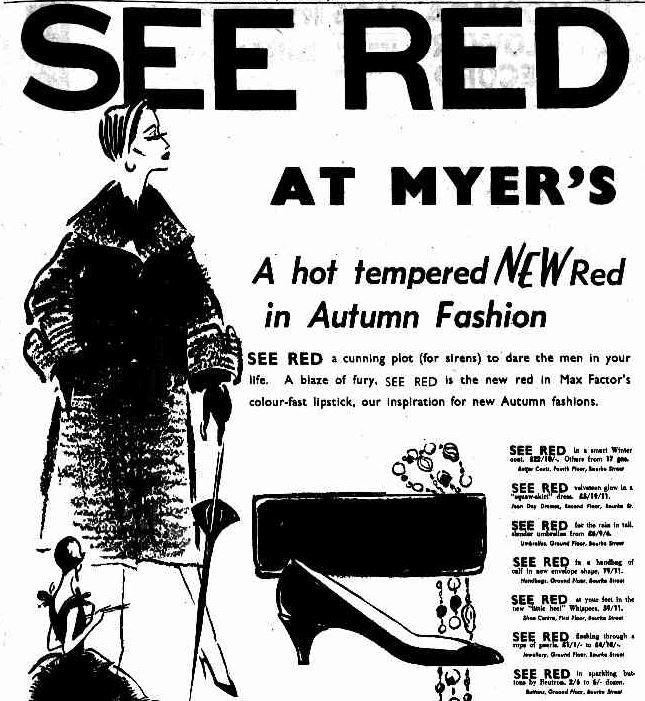
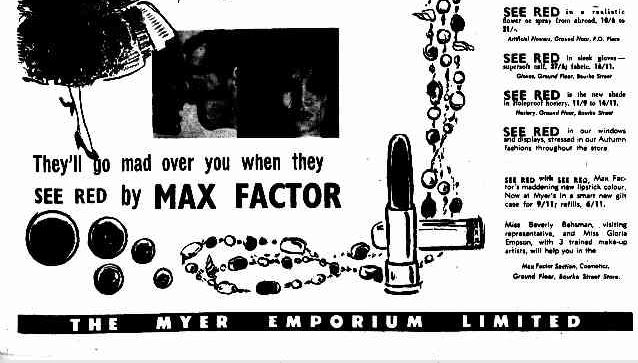
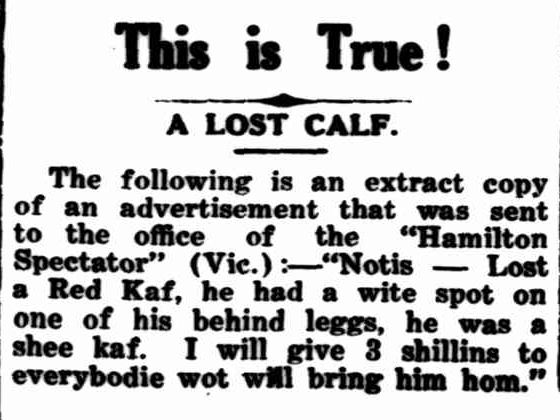
You must be logged in to post a comment.